Footswitches are so convenient. They can be used for switching channels of effects pedals and amplifiers, controlling output mute and sustain on keyboards, as well as many other uses.
Let’s talk about the basic functions of foot switches and learn how to master these useful tools.
1. The Difference between Latch (Alternate) and Unlatch (Momentary)
We often hear the terms ‘latch’ and ‘unlatch,’ and many of us understand the approximate meaning of the terms. However, sometimes this is misunderstood, and surprisingly, I frequently receive inquiries about the difference between latch (alternate) and unlatch (momentary).
A latch (alternate) is a switch that turns ON/OFF after pressing the switch each time.
One press (a step on the switch) turns it ON, and another press (step on the switch again) turns it OFF.
Once the switch is pressed once, it remains in that state even if you do not keep pressing it (even if you take your foot off). This is simple and easy to understand, so remember that a ‘latch’ is an ordinary ON/OFF switch. Channel switches for amplifiers are (in most cases) latch-type switches.
Below is an image explaining the process.
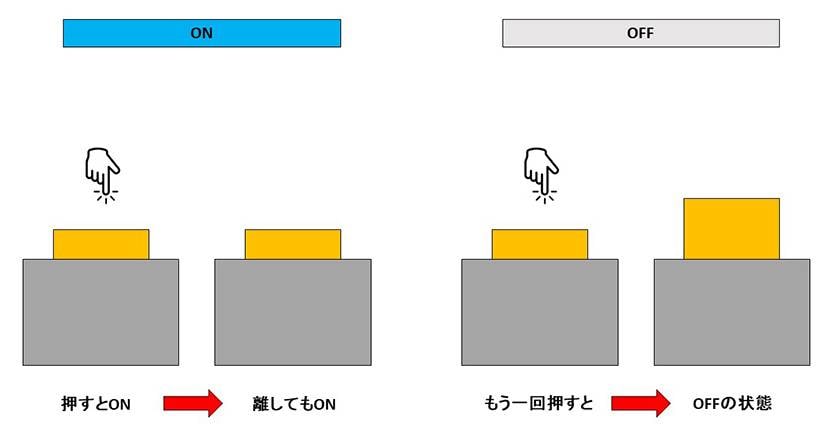
Unlatch (momentary) means that the switch is ON only at the moment it is pressed (stepped on). It remains ON as long as you hold it down, and turns OFF when you remove your foot from the switch. Since sustain pedals on keyboards and pianos use the unlatch (momentary) function, you just need to remember that those pedal switches are unlatchable.
Below is an explanatory diagram.
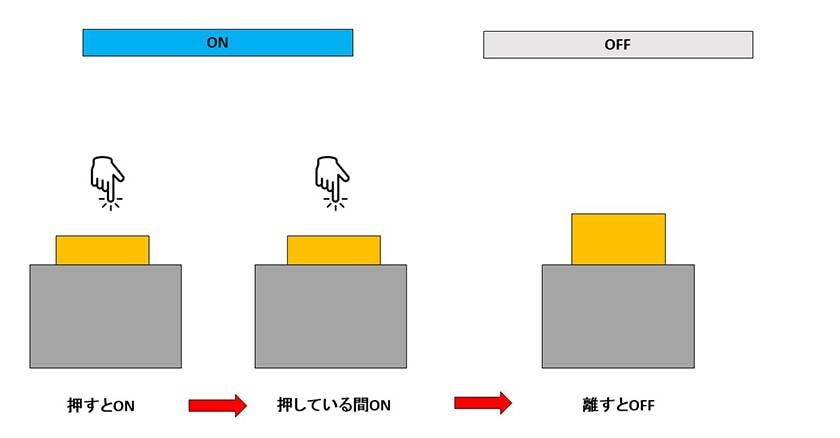
Thus, latch and unlatch differ in the switching timing when the switch is turned on and off. Keep this in mind. There are also hybrid types that allow the latch and unlatch functions to be changed on the footswitch side. The following is a list of products by latch and unlatch, so you can choose the one that best suits your application.
●Latch Type
●Unlatch Type
●Hybrid Type
2. The Difference between N.O. (normal open) and N.C. (normal close)
In fact, most footswitches use N.C. (normal close). Some may be indicated, some may not. This is because most foot switches are assumed to be in the ON state (function activated) when the switch is pressed, which basically means they’re N.C. (normal close).
However, ‘closed’ means the contact points attached to each other = short circuit. I am sure there are many people who think “short circuit = continuity = function ON?”
This is the point where it is easy to make a mistake. In the case of N.C. (normal close) in a footswitch, GND and HOT are closed (the contacts are attached) when doing nothing (the switch is not pressed).
Below is an image of an explanation of how it works.
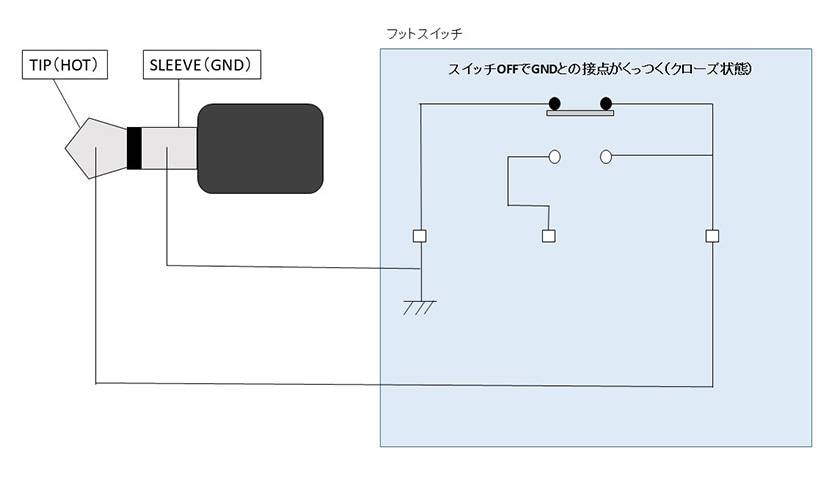
Therefore, the HOT signal is shorted to GND, so the function controlled by the switch is disabled. In other words, it is in the OFF state.
Conversely, when the switch is pressed, HOT and GND are disconnected and the function controlled by the switch is enabled, i.e., the switch is in the ON state.
Here is another diagram to explain how the HOT signal works.
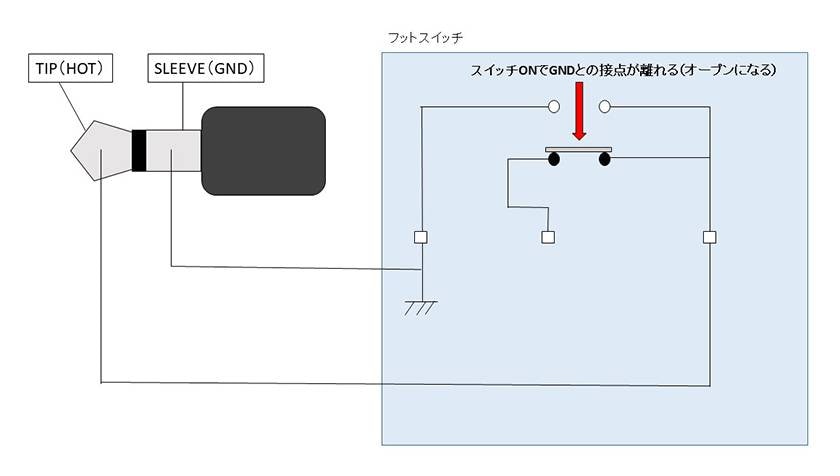
It may be a little complicated, but if I were to simplify it for you, the most common foot switches are N.C. (normal close), with the OFF state when nothing is done (no switch pressed) and the ON state when the switch is pressed. It might be good to remember that, and keep in mind that in rare cases, there are some with the opposite mechanism.
Here are a couple of switches with the N.C. (normal close) indication.
We hope this article will be helpful in selecting the right product for you.





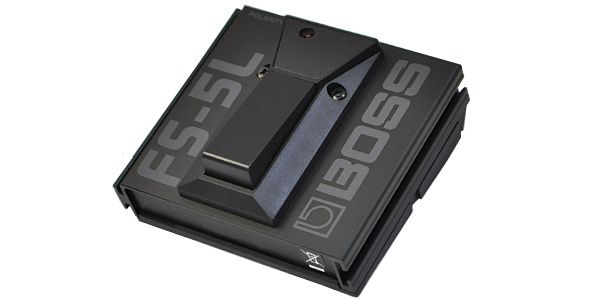
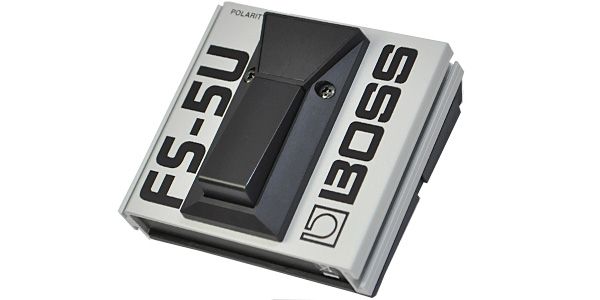
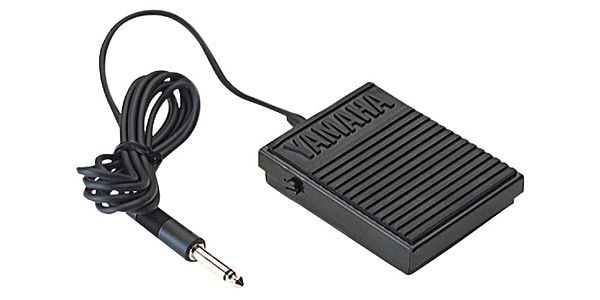
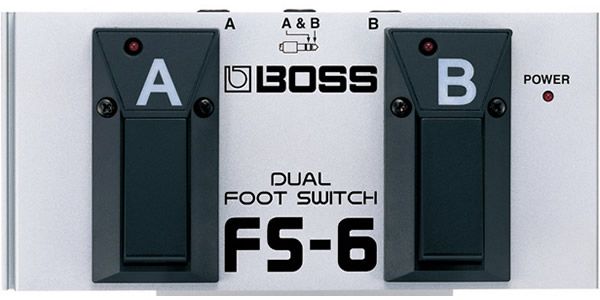
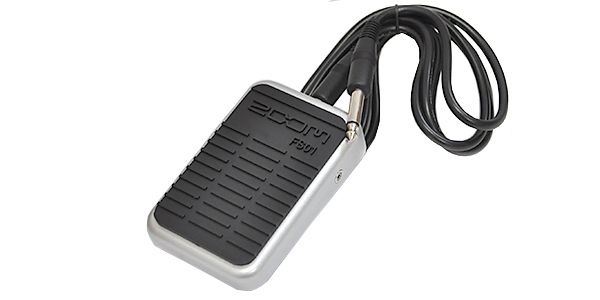









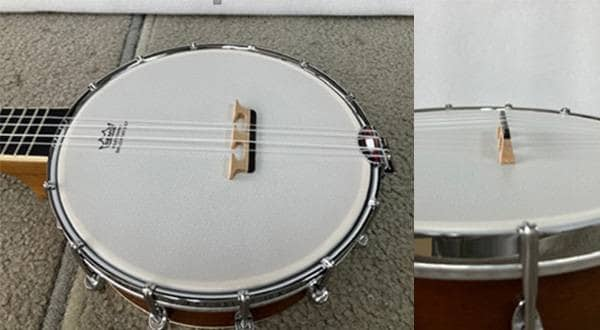

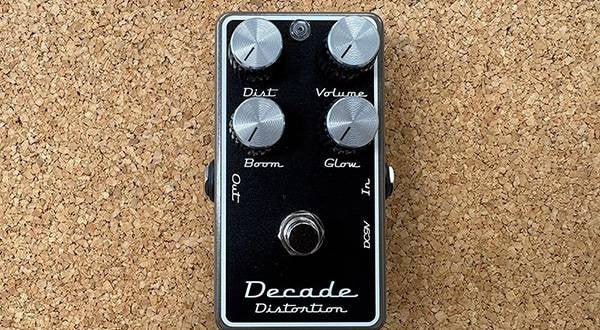
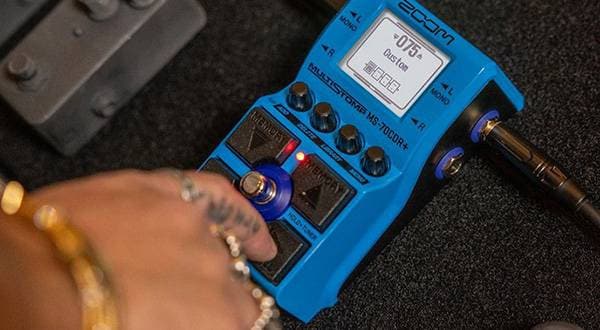
![[Latest for 2025] 5 Recommended Guitar Multi-Effects Pedals for Beginners](/contents/uploads/thumbs/2/2023/7/20230719_2_23355_1.jpg)
![“The Road to Your Complete DIY Equipment” 2nd Edition: The Illusive Vintage Sound! Amplified Buffer Get your hands on the legendary device that was exclusively used by professionals [Circuit Edition]](/contents/uploads/thumbs/2/2023/4/20230404_2_21934_1.jpg)
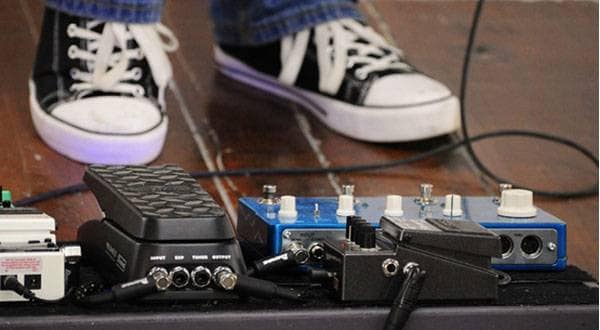

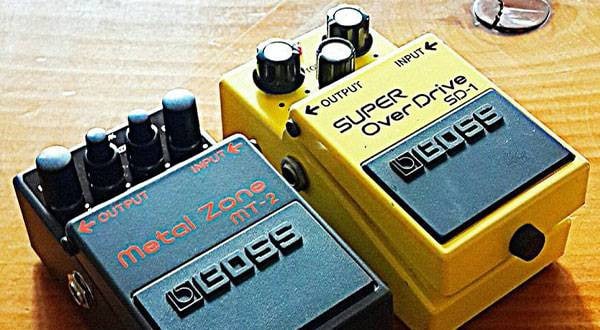
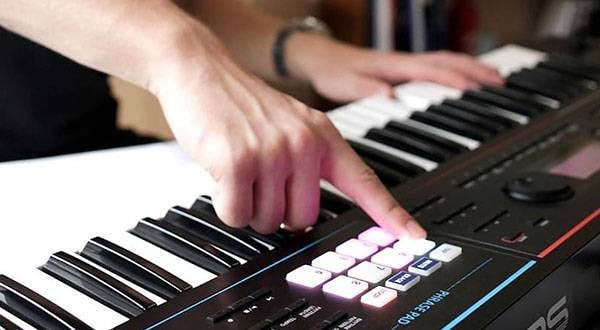
 【初心者向け】エフェクター講座
【初心者向け】エフェクター講座
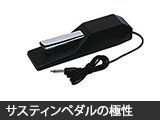 サスティンペダルの極性について
サスティンペダルの極性について
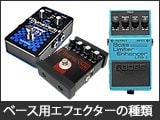 ベース用エフェクターの種類
ベース用エフェクターの種類
 エフェクターのつなぎ方
エフェクターのつなぎ方
 エフェクターの種類
エフェクターの種類
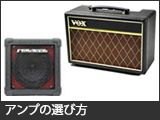 アンプの選び方
アンプの選び方















